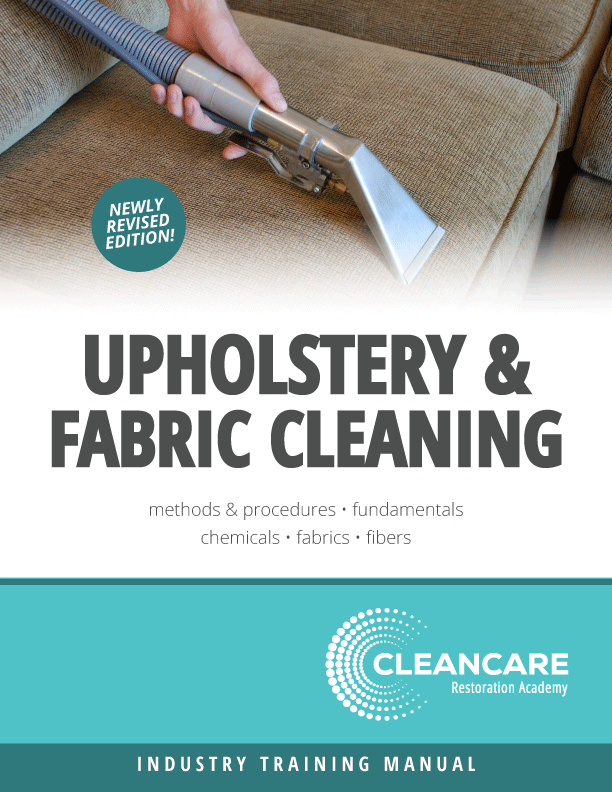Ask Annissa: A Contents Conundrum – Restoration or Destruction?

How do you decide if something can be restored or if it should be destroyed?
This is one of the most common questions that I get and one of the most complicated to answer.
Simply put, it depends.
First off, there will be some items where it will be painfully obvious that they cannot be restored. Then there are items that are of little or no monetary value, so your instinct is to not even attempt to clean them. And you will deal with items that are high in value, so it’s obvious that they are worth spending the time it will take you to restore them.
The difficult part is determining and dealing with the emotional value of items that may be in question. A clay handprint of 5-year-old child or a wedding dress that is yellowed from years of storage likely has little monetary value. At first glance, it would seem the logical choice would be to log them “destroyed,” dispose and move on. However the emotional value puts such items in the “priceless” category. So when dealing with them we need to take all these factors into consideration. If an item has a lot of emotional value, we want to try to restore it to the best of our abilities in most cases. But sometimes the decision is very clear no matter the monetary or emotional value - if you cannot restore an item to pre-loss condition then it is destroyed.
There can be some gray area when it comes to determining if an item is to be destroyed or salvaged. This is where communication with your adjuster and your homeowner are vital to your success when logging such items. Making sure that you are all on the same page will save a lot of stress and problems down the road.
Have a question for Annissa? E-mail her at Annissa@firehouseeducation.com.
Looking for a reprint of this article?
From high-res PDFs to custom plaques, order your copy today!









